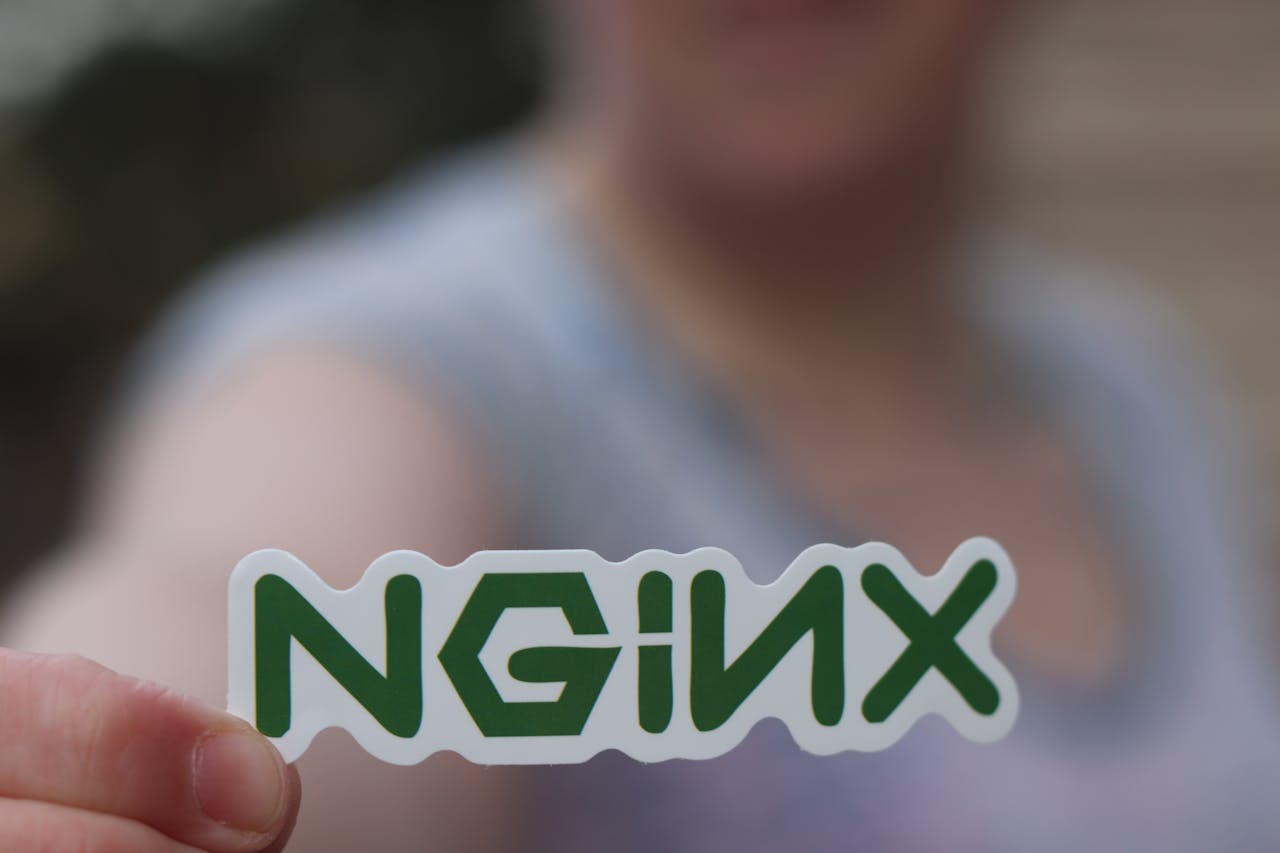Scopri le tecnologie
Condividiamo conoscenze informatiche per tutti


Servizi
Le nostre soluzioni per l’amministrazione e la virtualizzazione
Unisciti alla nostra comunità tecnologica adesso!
Cosa ci rende unici
Le nostre caratteristiche distintive per un servizio eccezionale
Il nostro metodo
Come affrontiamo ogni progetto con attenzione e dedizione
Testimonianze
